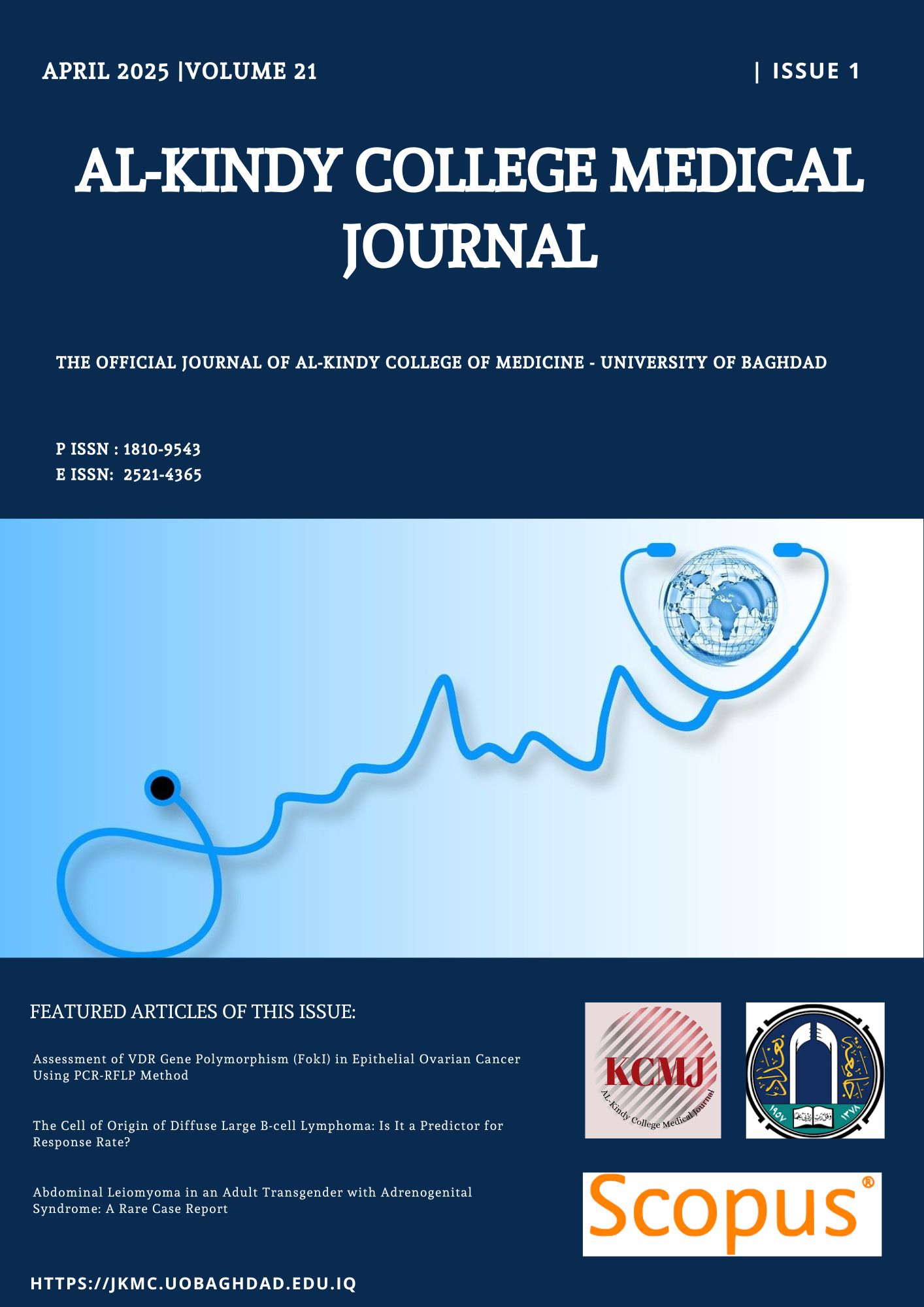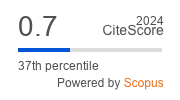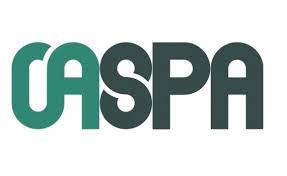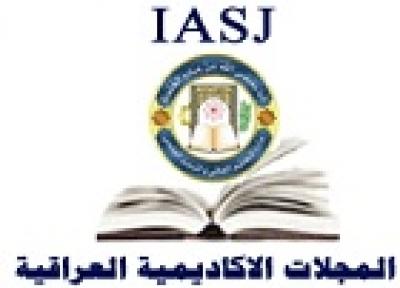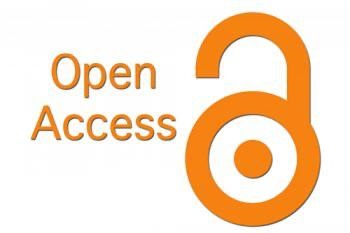Active Human T- lymphotropic Virus Type-1 Antigenemia in a Sample of Iraqi Patients on Maintenance Hemodialysis
DOI:
https://doi.org/10.47723/vp5phb46Keywords:
Human T-lymphotropic virus type -1, hemodialysis; protein-24, Hepatitis C virusAbstract
Background: Human T-lymphotropic virus type-1 (HTLV-1) is an oncogenic retrovirus that causes lifelong and asymptomatic infection, with a high incidence globally. Patients undergoing hemodialysis are more likely to acquire blood-borne viral infections, including HTLV-1. Therefore, they are considered one of the highest-risk groups for the acquisition of this virus.
Objectives: This study aims to identify the HTLV-1 antigenemia among hemodialysis patients, and to investigate the potential risk factors and co-viral infections with Hepatitis B and C viruses.
Subjects and Methods: This cross-sectional study involved 130 hemodialysis patients attending the dialysis center at Imamein Kadhimein Medical City in Baghdad, Iraq in the period between November 2023 and January 2024. Using enzyme-linked immunosorbent assay was applied for the detection of HTLV-1 specific capsid antigen (p24) in the serum of the studied group. The data was analyzed using specific statistical methods.
Results: Out of 130 participants, 60(46.2%) actively contracted HTLV-1 infection, comprising 37 (28.5%) males and 23 (17.7%) females. The detection of HTLV-1antigen was significantly correlated with the patient’s age (0.0037), but not with marital status, frequency of blood transfusion, and hemodialysis duration. Moreover, active HTLV-1 infection was related to co-infections with HCV 18(13.9%) and HBV 5(3.8%) of patients.
Conclusions: In this study, hemodialysis patients were predominantly affected by HTLV-1 infection. Therefore, it is of utmost importance to implement screening protocols to curb the transmission of this infection within hemodialysis units. Further research involving a significant cohort encompassing diverse regions of Iraq is recommended to ascertain the accurate prevalence of HTLV-1 infection.
Downloads
Published
Issue
Section
License
Copyright (c) 2025 AL-Kindy College Medical Journal

This work is licensed under a Creative Commons Attribution 4.0 International License.

